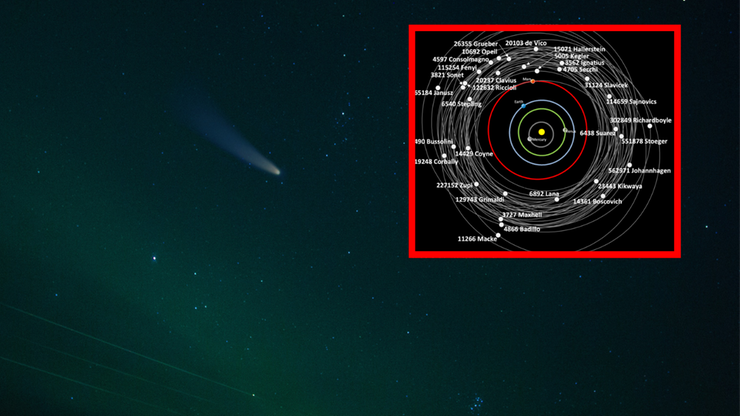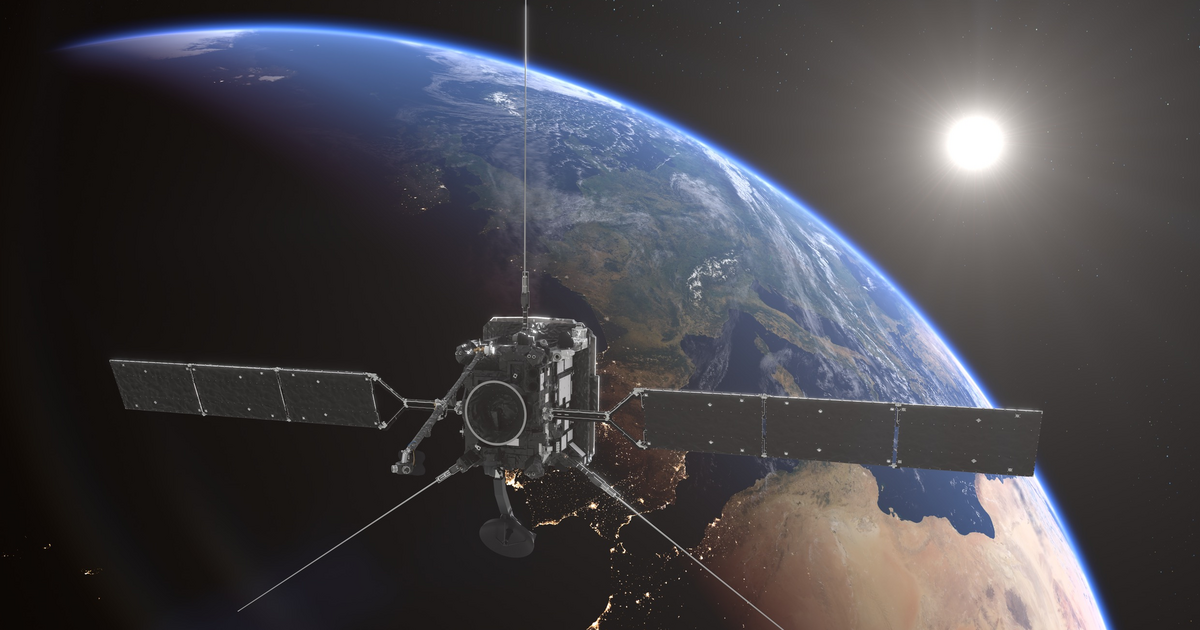On the surface of the moon, between the craters Compton and Belkovich, a large block of granite was discovered that slowly releases heat. This rock is not very common outside of Earth, so finding it on the Moon is very interesting. On our planet, it forms deep within the Earth, usually under a volcano.
Prior to 1950, most scientists thought craters on the Moon were formed through volcanic processes. After that, studies related to the Apollo missions showed that almost all of them were caused by collisions, said Matthew Siegler of the Planetary Science Institute. It is true that no volcanoes similar to those on Earth have been found on the Moon, but the discovery of a block of granite on our natural satellite confirms that volcanic processes took place there as well as on our planet.
The description and results of the research have been published in Nature (DOI: 10.1038/s41586-023-06183-5).
Effects of volcanoes on the moon
The Moon is rather not associated with the widely understood volcanoes. It is difficult to see volcanoes in the earthly sense of the word on their surface. However, it is a fact that in the ancient past there were volcanic eruptions as well as lava fields. More evidence of this was recently found by scientists beneath the surface of the Silver Globe, between the Compton and Belkowicz craters.
This indicates the presence of granite. On Earth, it forms deep below the surface, usually under volcanoes, where magma has the right conditions to cool and crystallize. Also useful here is the presence of water and the movement of tectonic plates. However, facing granite outside the ground is not very common. Moreover, finding it on the moon is quite a sensation.
But how can we even explore what lies beneath the surface of the Moon and find traces of ancient volcanoes there? Measurements made by lunar orbiters sent by the United States and China can be analyzed. For example, the Chinese Chang’e 1 and 2 missions carried microwave lunar survey instruments.
Lunar anomalies
A team of astronomers decided to analyze this data to try to determine the temperature under the lunar surface. In this context, the area between the Compton and Belkowicz craters turned out to be particularly interesting. As one researcher commented, the area under the influence of microwaves glows. It was not without reason that it was suspected that this is where the former volcano might be located, because something capable of emitting heat was discovered on this site.
Looking closely, the researchers found that there is a silicon-rich region about 20 km across. It is probably the caldera of an ancient volcano. At the same time, the temperature in this place is about 10 degrees Celsius higher than in the surrounding areas. Evidence is that this volcano may have last erupted 3.5 billion years ago, so the heat is not from molten lava or anything like that, but from radioactive elements, and the only type of rock that has enough of these elements is granite.
Until geochemist Dr. Rita Economos suggested a possible explanation, researchers were stumped, not quite sure what they were dealing with. According to Dr. Economos, this can be explained by the presence of a bathtub about 50 kilometers wide, which is mainly made of granite. Batholiths are igneous rocks that form when lava reaches the surface but does not erupt. Besides, examples of such rocks can also be found on Earth: this is how the California El Capitan and Half Dome rock formations were formed. However, it is likely that there are more such places on the Moon and on other planets.

Echo Richards embodies a personality that is a delightful contradiction: a humble musicaholic who never brags about her expansive knowledge of both classic and contemporary tunes. Infuriatingly modest, one would never know from a mere conversation how deeply entrenched she is in the world of music. This passion seamlessly translates into her problem-solving skills, with Echo often drawing inspiration from melodies and rhythms. A voracious reader, she dives deep into literature, using stories to influence her own hardcore writing. Her spirited advocacy for alcohol isn’t about mere indulgence, but about celebrating life’s poignant moments.







